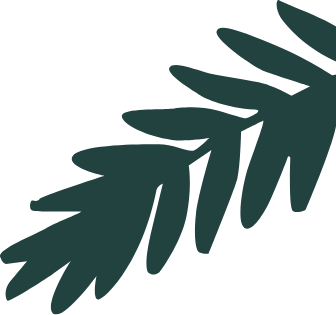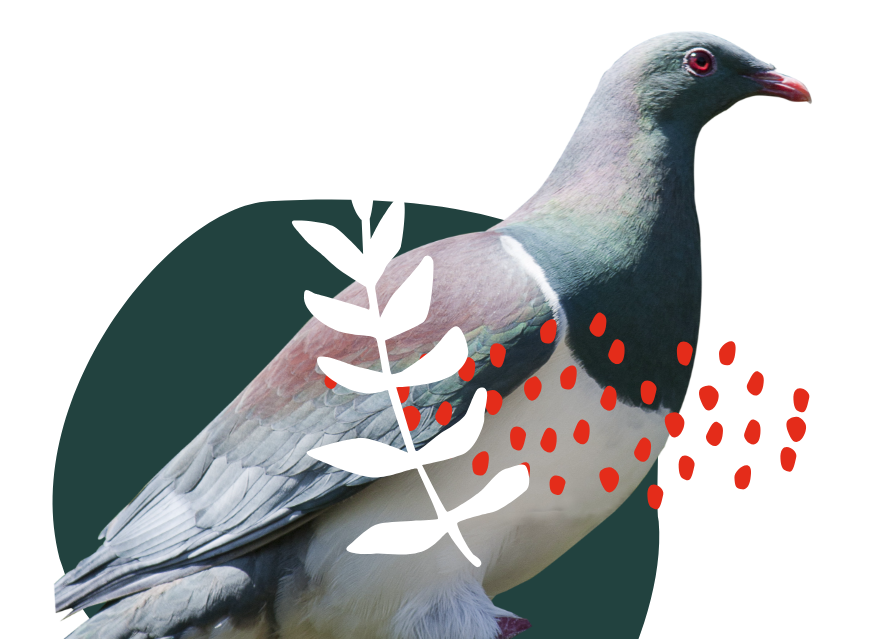So just how big is the rat population in central Whangārei? When you start talking about issues like flourishing rat populations and native birds being threatened by possums in our central city, it can be hard to imagine if you’re not exposed to the evidence every day.
The fact that possums mainly come out at night and rats (who are also mainly nocturnal) are very adept at staying ‘invisible’ means we don’t often come face to face with these predators who do so much damage to our environment. At Tiakina Whangārei, we’re keen to raise awareness of the impact predators have in Whangārei, so more local residents will feel motivated and empowered to get involved!
When Tiakina Whangārei was first established, many Whangārei residents we talked to didn’t think possums and rats were such a big issue in the central city. A common comment was that they ‘had never seen rats’ at their place. We decided one of the best ways to help people understand the problem was to gather data and so the Tiakina Whangārei team began annual surveys of both mammalian predators and birds.
The second annual predator survey was conducted from late September to October last year (2020) with help from NorthTec Environmental students. We performed tracking tunnels and chew card surveys at 15 sites in and around Whangārei, across a mixture of forest fragments, urban streams and areas adjacent to mangroves.
The survey found an abundance of possums in areas associated with trees, but also in sites adjacent to mangrove forests and at golf clubs too. As with possums, rats were abundant in forest fragments like Parihaka but they were also detected along urban waterways like the Waiarohia Stream (adjacent to Western Hills) and the Tawera Stream in the CBD. We also found rats in sites that would usually not be considered a good habitat for them, like along the Hatea River close to town where there were few trees. This suggests that these water bodies are corridors for rats to move along, which will allow them to safely move in and out of the CBD and residential areas.
The next step is to take this information to businesses and residents in the central city area, so we can start working with businesses and residents adjacent to help us start tackling this problem by setting up bait stations and/or traps along our waterways. This will allow us to gather even more data to test our theory that these streams are the ‘highways’ for rats to move into and across the city.
Performing these surveys is crucial to Tiakina Whangarei’s work to create a predator-free city for our native species to thrive. We look forward to enlisting the help of our central businesses and residents to make this happen!



